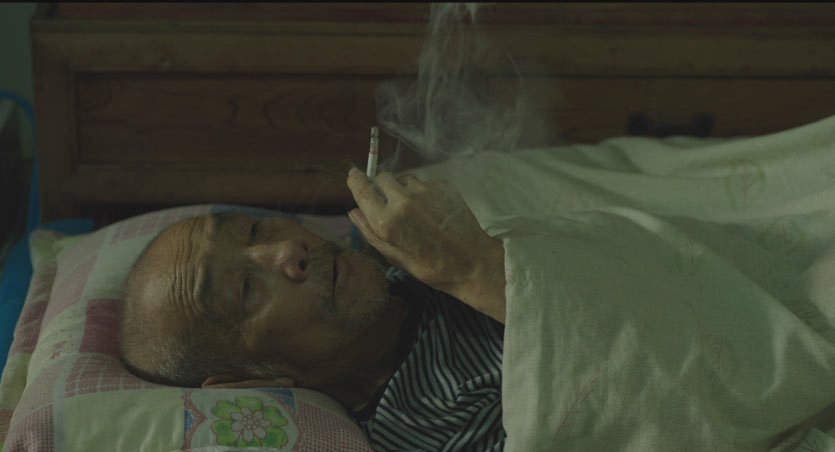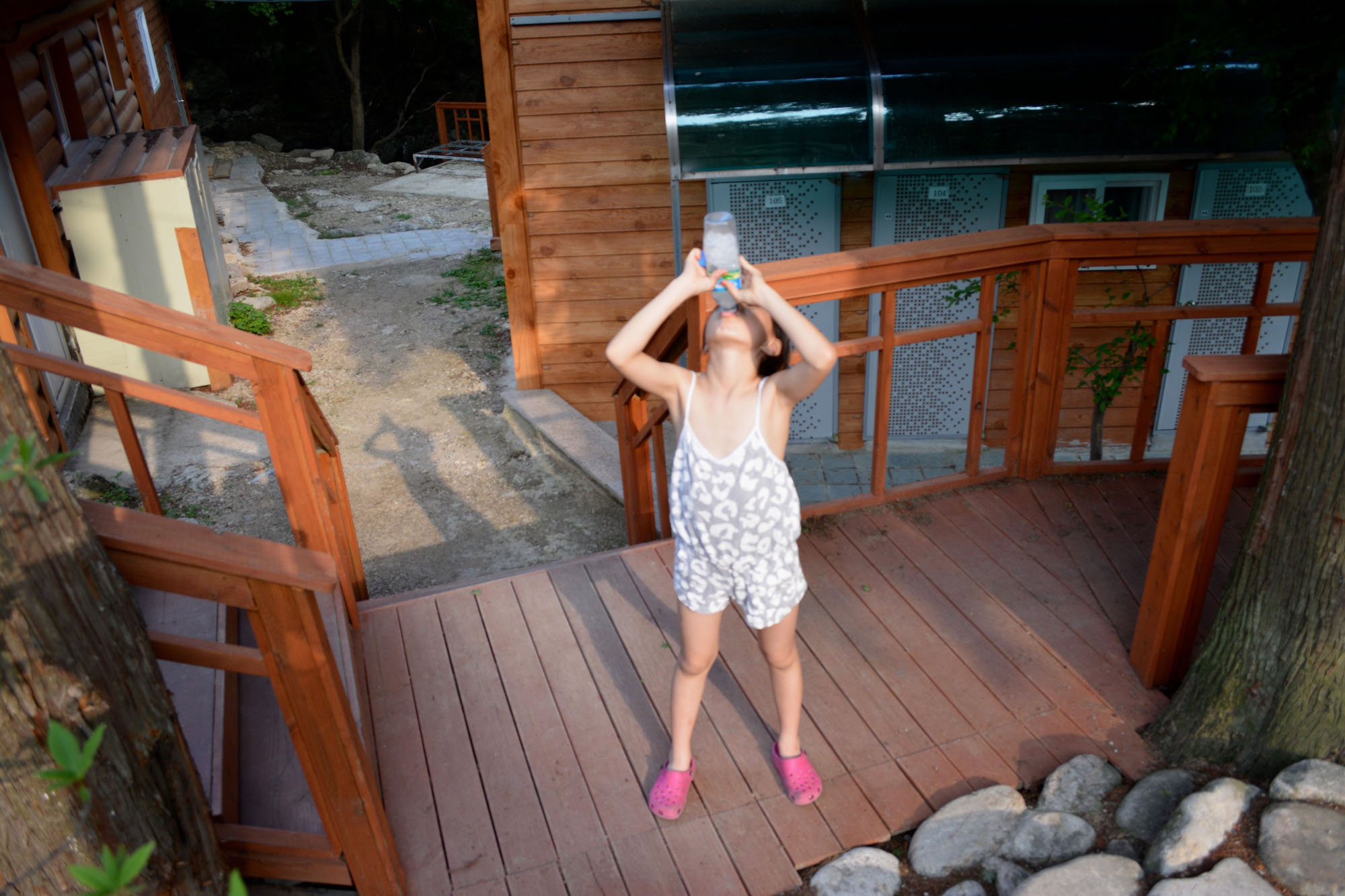He Xiangyu, an artist known for his grand Coca-Cola Project and paintings of lemons, premiered his first film The Swim (2017) at the Guggenheim Museum in conjunction with the exhibition Tales of Our Time. An art-film integrated with the features of a documentary, it weaves together interviews of North Korean defectors and Korean War veterans with the artist’s performative act of swimming across the Yalu River, between China and North Korea. The outcome is both an physical and symbolic effort to reconnect marginalized stories and trespass politically constructed borders.
In this conversation, curator Siqiao Lu discusses the film with artist-filmmaker Tiffany Fung, who also worked with North Korean defectors in Gwangju in 2013 for a forthcoming documentary project. While dealing with comparable subjects and concerns, Fung suggests an alternative approach that may represent such stories in a different light.
Siqiao Lu: The Swim was actually inspired by a personal quest. After living in Berlin and the United States for years, He Xiangyu returned home to honor his ancestors and encountered many mountain fires that were left unexplained.1 Facing a place that has now become estranged, He decided to look into the hidden histories of his homeland through making this work.
Tiffany Fung: One of the film’s major themes is an attraction to the unknown that feels alive within the lush forests and serene rivers of He’s hometown, Kuandian. The vastness of nature encapsulates a freedom that is inherently suspenseful, which speaks to me about the defectors’ pursuit of liberation in a foreign land, despite not fully knowing what that liberation entails. As the film reveals, life after escape can be both overwhelmingly hopeful and disappointing.
SL: The otherworldly landscape preludes a familiar yet alien social environment, where the dialogue sounds puzzling even to Chinese natives. While the defectors’ language is oftentimes indecipherable due to their hybrid accents, I became aware of the mixing of cultures here—a language has its deviations, just as our understanding of cultural identity has as well. The feeling of estrangement increases when the immediacy of communication is lost in translation.
TF: I think the visual framing further segregates these narratives into isolated realms. Alone and speaking to the camera in their homes, veterans, defectors, and locals share stories ranging from distant memories of the Korean War to daily struggles of their marriages with Chinese men. These deeply intimate, subjective histories exist in parallel spaces that do not intersect. Yet together, they make up the collective experience of a town overridden by displacement and trauma.
SL: This isolation of the characters is also a strategy to protect the defectors’ identities, as they’re only filmed in domestic spaces, with their faces blurred out. This inevitably heightens the audience’s concern for the risk these defectors took by appearing in the film at all. The question is, who is the intended audience, and what kind of outcome is the film trying to achieve? How might your documentary project and experiences in South Korea shed light on these questions?
TF: In 2013, a friend of mine was doing research on North Korean defectors who became grassroots human rights activists in Gwangju. We decided to make a documentary to capture the diverse, active ways that defectors adjust to their new environments, as opposed to the victim stories commonly conveyed in the media. Despite facing many unexpected challenges, we were fortunate to be guided by a community of filmmakers, activists, and missionaries who are well invested in the issue. Still, trust had to be constantly negotiated. I remember having to move overnight when a defector decided that she no longer felt safe accommodating us. These moments forced me to continuously reevaluate the purpose of my work and my presence. Today, I am compiling new and existing footage to complete the project. My biggest takeaway is that oftentimes the psychological escape continues well beyond the physical crossing of the border.
SL: In the final scene, the Yalu River becomes He’s stage to reenact and participate in the war veterans’ and defectors’ journey of escape. The performance, at best, puts him a position where he could claim proximity to what his subjects had experienced. The poetic act responds to the estrangement that the film as a whole conveys—He feels the impulse to swim, since he views it as a potential way to reconnect with the past.
TF: To some effect, the swim is a physical intervention that breaks the film’s static gaze and challenges the seemingly fixed geopolitical borders. But it also reinforces the privileges that certain bodies hold over others. Who can move freely in public spaces and test political boundaries in the name of art? Perhaps one way to share that agency is by showing how defectors physically move in their surroundings too, whether at home, school, work, or with other individuals. Visualizing their activity, however limited, may be a powerful step in transforming the portrayals of defectors from victims of the past, to active agents in their everyday lives.
1. “He Xiangyu on The Swim”, 2016, White Cube, Video.





